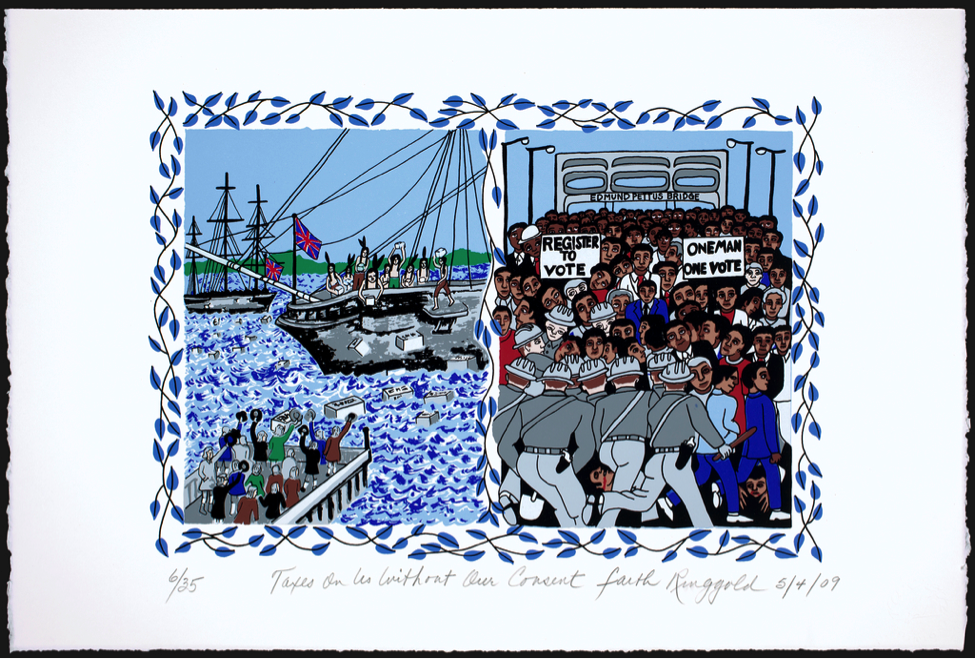Alena Principato ’15 discusses her Visual Resources Internship with DSS cataloging images from the Experimental Printmaking Institute
This summer I completed an internship under the guidance of Kelly Smith, Lafayette College’s Visual Resources Librarian. I have been learning about visual resources management and assisting Kelly with the digitization of the Experimental Printmaking Institute’s body of work. Each print that is digitized must be photographed, edited, and uploaded to Shared Shelf, a cloud-based cataloging and content management system developed by ARTstor.
What is cataloging and how does it work?
According to Cataloging Cultural Objects: A Guide to Describing Cultural Works and Their Images, “to catalog a work is to describe what it is, who made it, where it was made, how it was made, the materials of which it was made, and what it is about.” This information is also referred to as metadata (essentially, “data about data”), especially when it is entered in a digital format.
Recording such data may seem straightforward, and often is; the name of the artist, the measurements of a work, and the date of creation are simple enough to ascertain. However, selecting the subject of the work is more ambiguous. As Shared Shelf explains, the subject field contains “terms that identify, describe, and/or interpret what is depicted in and by a work.”
Consider what it means to “interpret”—when a person views an art object, they draw conclusions about what it means, often through the lens of their unique background and personal experiences. A detail in a painting that captivates one person may be completely overlooked by another.
The challenge for a cataloger of a visual work is to consider all of these potential viewpoints. The cataloger must be observant and sort out what information about a work is relevant to include, and what elements are trivial or unnecessary to describe. It’s helpful to think of subject terms as the keywords used to conduct an image search. Catalogers have to anticipate future users’ research needs—which could be on a general subject or specific topic—and account for both when they are describing a work.
While there is no one standard governing the selection of subject tags, catalogers may choose subject terms from lists of pre-set subject identifiers known as controlled vocabularies. For cataloging the Experimental Printmaking Institute’s works, we selected four resources for subject terms: Getty’s Thesaurus of Geographic Names (TGN) and Art & Architecture Thesaurus (AAT), Iconclass, and Library of Congress Subject Headings. Each helps standardize the cataloging of visual resources by providing a controlled vocabulary to minimize variations in cataloging by different institutions.
My process for subject tagging the EPI works begins with identifying general terms and narrowing down from there. First I evaluate the work for major concepts and overall themes. Once those are established, I take a closer look at details in the image that seem important, such as an identifiable person, place, or event. Details do not necessarily have to be a focus of the work as a whole to merit being included–if a tag could be useful in helping someone locate an image of a particular subject, it may be worth including. However, it’s not a good idea to tag details that are truly a minor or irrelevant part of the image, since this could result in overemphasizing their importance.
An Example
Here’s how I approached cataloging “Taxes on Us Without Our Consent,” a screen print by Faith Ringgold.

